August Newsletter: Daana Farmers Network
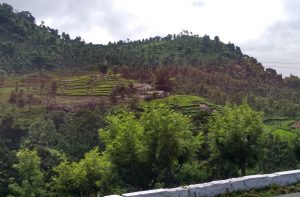
When you are heads down doing the work you love, time flies in a jiffy. It felt like it was last week that I wrote the July newsletter !!
We did a fair bit of process revamping at the Daana office in July. For a good 2 weeks we looked at every product, every process and worked hard at getting better with our cleaning, packing, stock taking, and delivery. We re-did the way we laid things out, shuffled responsibilities around, and consolidated a bunch of tasks. The team is under double load when I’m around, as they have to get their regular work done, and work on fixing issues and address improvements as well 🙂
The month of July was also spent visiting farmers and partners. A fair bit of travel ensued. The first one was to Mysore, to meet Anand and Priya. They have been supplying us with cold-pressed organic oils. I spent the whole day with them, and their little girl Chavi accompanied me everywhere. We spent a fair bit of time discussing our mutual challenges around logistics, the truck strike, and how we can streamline things better. Anand also took me to meet Vasanthkumar, and Ravi, two of the farmers who supply coconuts from their farm, from which our cold pressed coconut oil is extracted. I got to see Anand’s rotary press unit, that crushes the coconuts to extract oil.
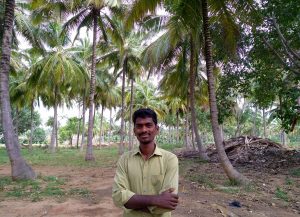
A separate trip report on Mysore will follow subsequently.
I then went and visited the folks at Keystone foundation, Aadhimalai Procured co-op, and our coffee farmers in the Nilgiris. You can find out all about how the region, and the coffee here: Nilgiri Trip Report
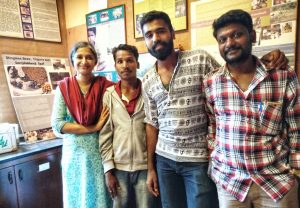
And, in case you missed our original article on coffee, here it is: Coffee, the Elixir of Life.
At the end of each newsletter, we try to bring attention to some interesting event happening in the country. Do tune in, to Madras Day celebrations. Aug 22, 1639 is celebrated as Madras day. It was that day that the land for Fort St. George was acquired by the British from the Nayak of the Vijayanagara empire, Damerla Venkatadri. The month long events are an entirely volunteer driven effort showcasing the city’s rich history and culture.
Have a great month, hope you enjoyed the articles.
– Sujatha


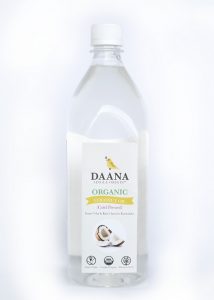
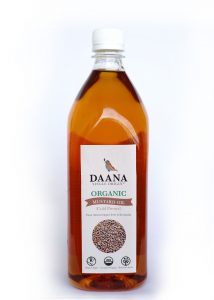
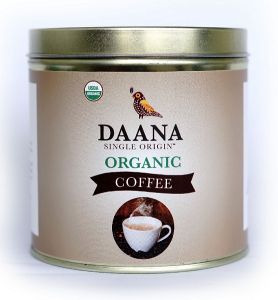
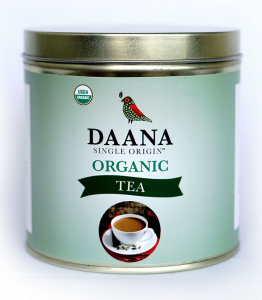
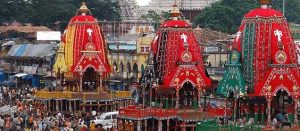
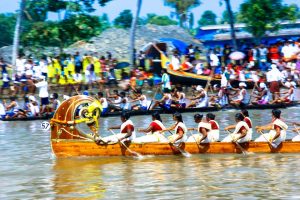 Champakulam Moolam Boat
Champakulam Moolam Boat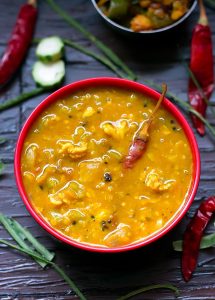 The people of Telangana and Andhra are similar and different in many ways. Like the British and Americans, they are two people divided by a common language 🙂
The people of Telangana and Andhra are similar and different in many ways. Like the British and Americans, they are two people divided by a common language 🙂 Greetings from Daana!
Greetings from Daana!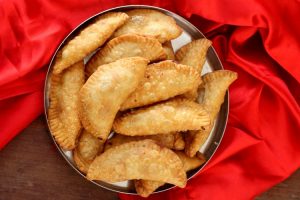 Gujiya is a gujarati sweet dish that is synonymous with Holi and Diwali. It is like a sweet samosa. It keeps well, and hence can be made a couple of days ahead of time. We present to you a healthier version of the dish, without stepping too far from tradition. Enjoy, and wish you a very happy and colourful holi.
Gujiya is a gujarati sweet dish that is synonymous with Holi and Diwali. It is like a sweet samosa. It keeps well, and hence can be made a couple of days ahead of time. We present to you a healthier version of the dish, without stepping too far from tradition. Enjoy, and wish you a very happy and colourful holi.
